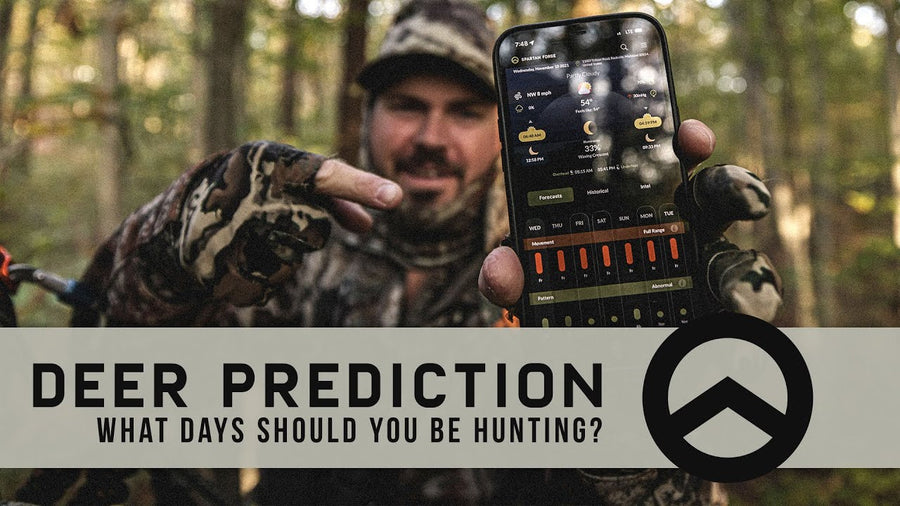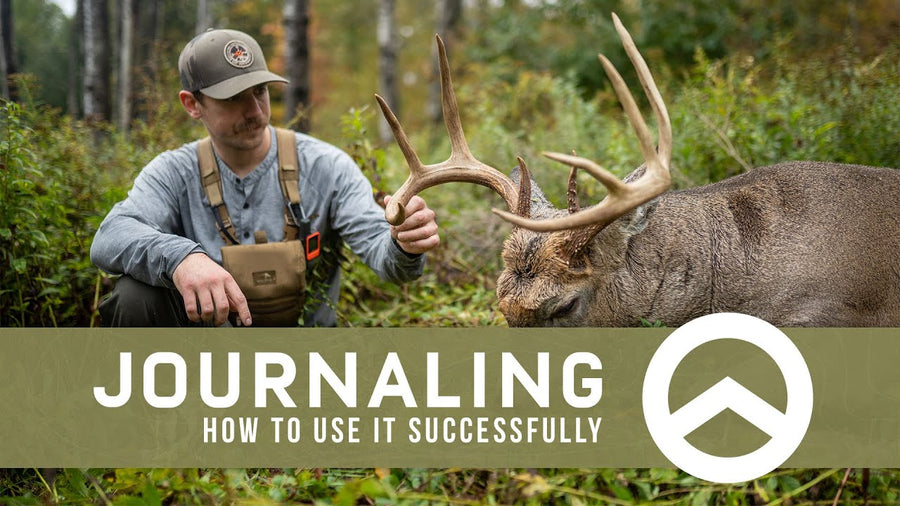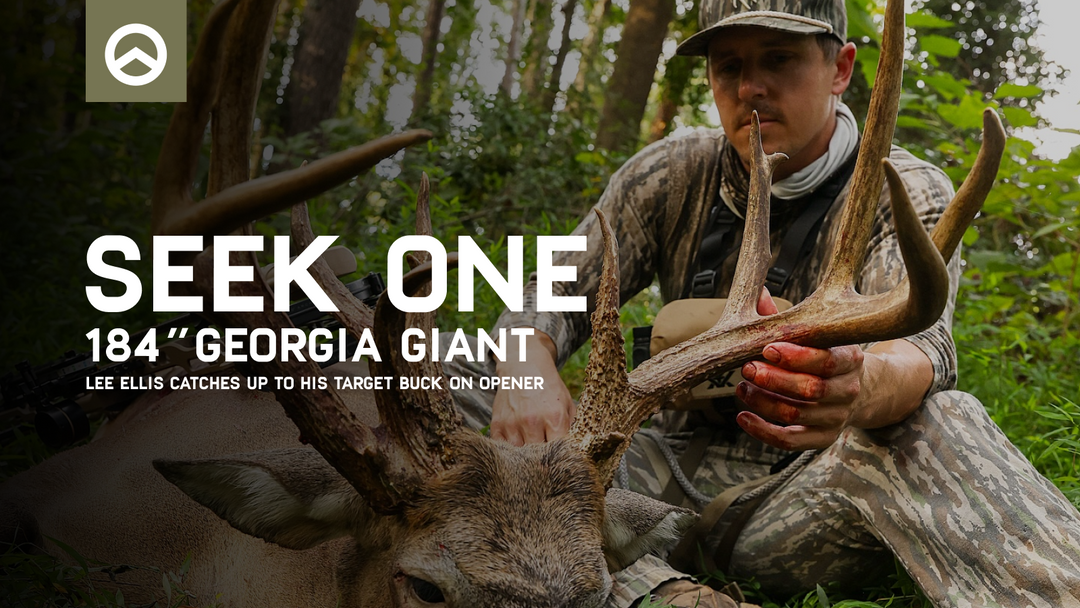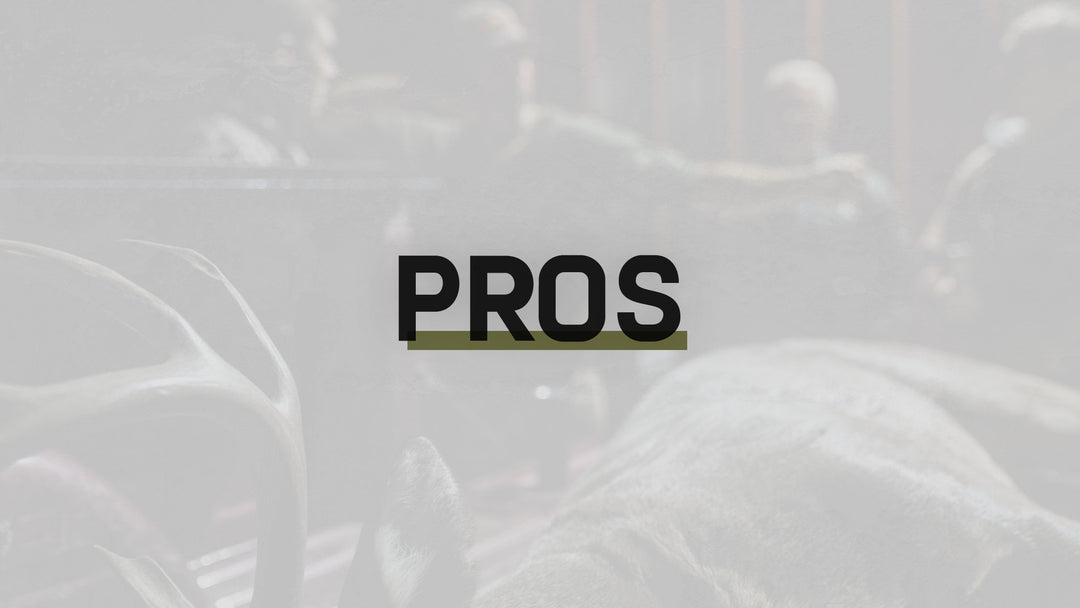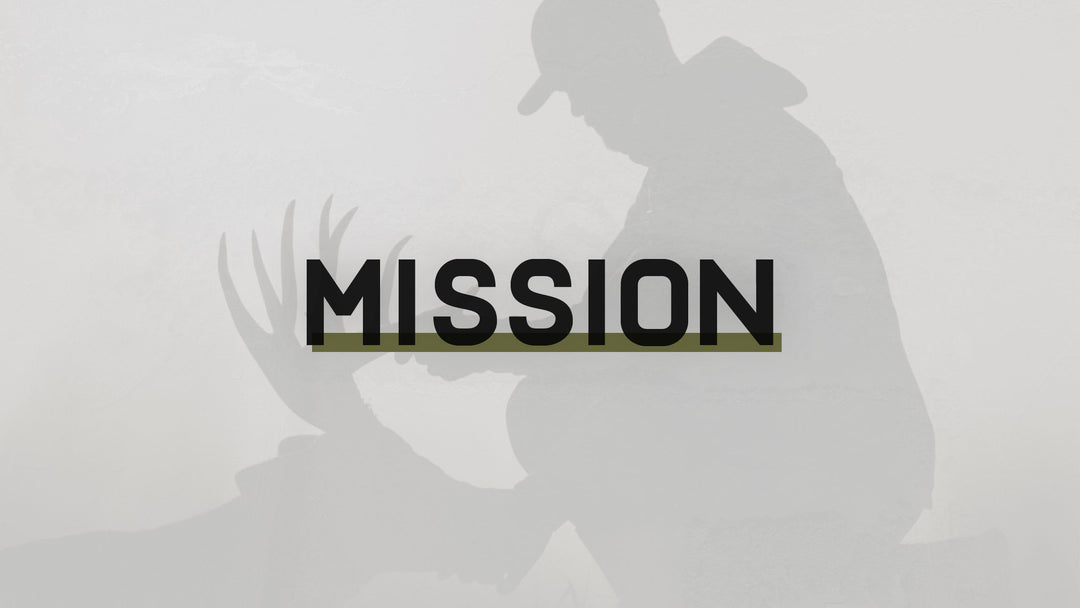How Early Is Too Early To Locate Turkeys?

With the Spring turkey season just around the corner, it’s about that time to dust off the calls and hit the woods in search of love-struck birds. Those beautiful fog-covered mornings filled with hooting owls and shock-gobbling toms will be here before we know it. But the turkey hunters with a little experience under their belts know that simply showing up, throwing a few decoys on the ground, and ripping off some yelps won’t get it done. Just like an angler has to be on top of fish to get one in the boat, a turkey hunter absolutely has to know where a given turkey or group of turkeys is frequenting to get one in the truck. Sure, showing up to a new piece of dirt, listening for gobbles, and chasing one down can work. We’ve all seen it done on YouTube, but the percentage of times it works out are too slim to bet your season on it. Especially if you’re like most turkey hunters, with weekends comprising most of your available hunting time. So, that leaves us with tipping the scales in our favor through scouting. But can you scout too early? Some say it’s best to wait for the two to three weeks prior to the season opener before locating birds.
Turkeys Usually Are Patternable
Turkeys are similar to deer, in that they can be pretty easily patterned once located. If all variables stay consistent - food, human pressure, predation, etc. - they will work the same general routes day-in and day-out. With the use of cell cams on unpressured, managed lands, it’s possible to pinpoint when a flock will show up to a given field most days with extreme accuracy. That might lead one to believe that locating turkeys is a one-and-done practice. The problem with that, however, is that variables don’t always stay consistent, especially on public land. Hunters come and go, educating turkeys as they try to locate them weeks before the season opener. Food sources change and emerge as warmer weather approaches. Many fur-bearing predators birth their young in the Spring months, requiring higher nutrient demands that put turkeys at risk and can alter their behavior from one day to the next. The list of environmental changes goes on and on. All this to say, where you saw turkeys during deer season may not be where they are come April. Even locating turkeys in February can create a dangerous level of confidence, only to be dejected when opening day arrives. So, does that mean that intel observed from a deer stand is worthless? Or that scouting in February is done in vain? Absolutely not.
Putting The Puzzle Together
Observing how turkeys use a given property, or where they roosted, from a Fall deer hunt is a great first piece of the puzzle. I built my 2021 turkey season based on that exact kind of intel, which led to being tagged out within the first two and a half weeks of the season. Three sits on that property. Three tags filled. And it all started with Fall intel. Now, that season was special. It was private land with a lot of food, limited pressure, and those gobblers responded like I was the last hen on Earth every time I called. Those turkeys were roosted in the same spot in April as they were in November. It doesn’t always work that way. Again, knowing where they were in November was just the first piece of the puzzle. I then had to go back in and do my due diligence on multiple trips, weeks before the season opened, to see exactly where they flew down, where they started their morning, where they traveled after that, and where they ended up in the afternoons. It takes all the pieces to make the puzzle come together.

Primetime For Scouting
So, when is primetime for scouting? When should you start putting the pieces together? Right now. We’re in it. At the time of this writing (mid-February), I just finished a weekend of scouting a piece of public land, where I put my eyes on three longboards. Was I too early? Absolutely not. I obviously wasn’t late either. I now know where to go back to, where to hang cameras, where to listen for gobbles, etc. I didn’t even know those birds existed until I saw tracks in the mud while post-season deer scouting the week before. And I hunted on that property all deer season long. Not a single gobble or yelp heard. Were they there during the season, or are they only there now because the property just underwent a controlled burn? I’m not sure. I’ll only know by going back sometime over the next couple weeks to listen, scout more, and hang a few cameras. If that pans out and I see/hear them using the same area, that’ll be another piece of the puzzle. My trail cam pics will hopefully offer more pieces. Trail cams aren’t necessary, but when available, they help fill in some of the blanks. The point is, I’ll continue to build the puzzle all the way up to opening day.

Don’t Wait
Sure, some are going to stick to the two- to three-week scouting plan. If you have those 14-21 days in a row to spend in the woods, I’d say that’s doable. But if you’re like most, and only have one or two days available to devote to scouting in any given week, starting at least a couple months before the season will go a long way. Sometimes you locate them early and they stay put. Sometimes they move. But if you don’t give yourself the time necessary to relocate those birds or another flock, you may wind up desperately searching for a gobble come opening morning. So, start now, find some birds, and start building that puzzle.
Written by Alex Killman at Southeastern Bowhunting
